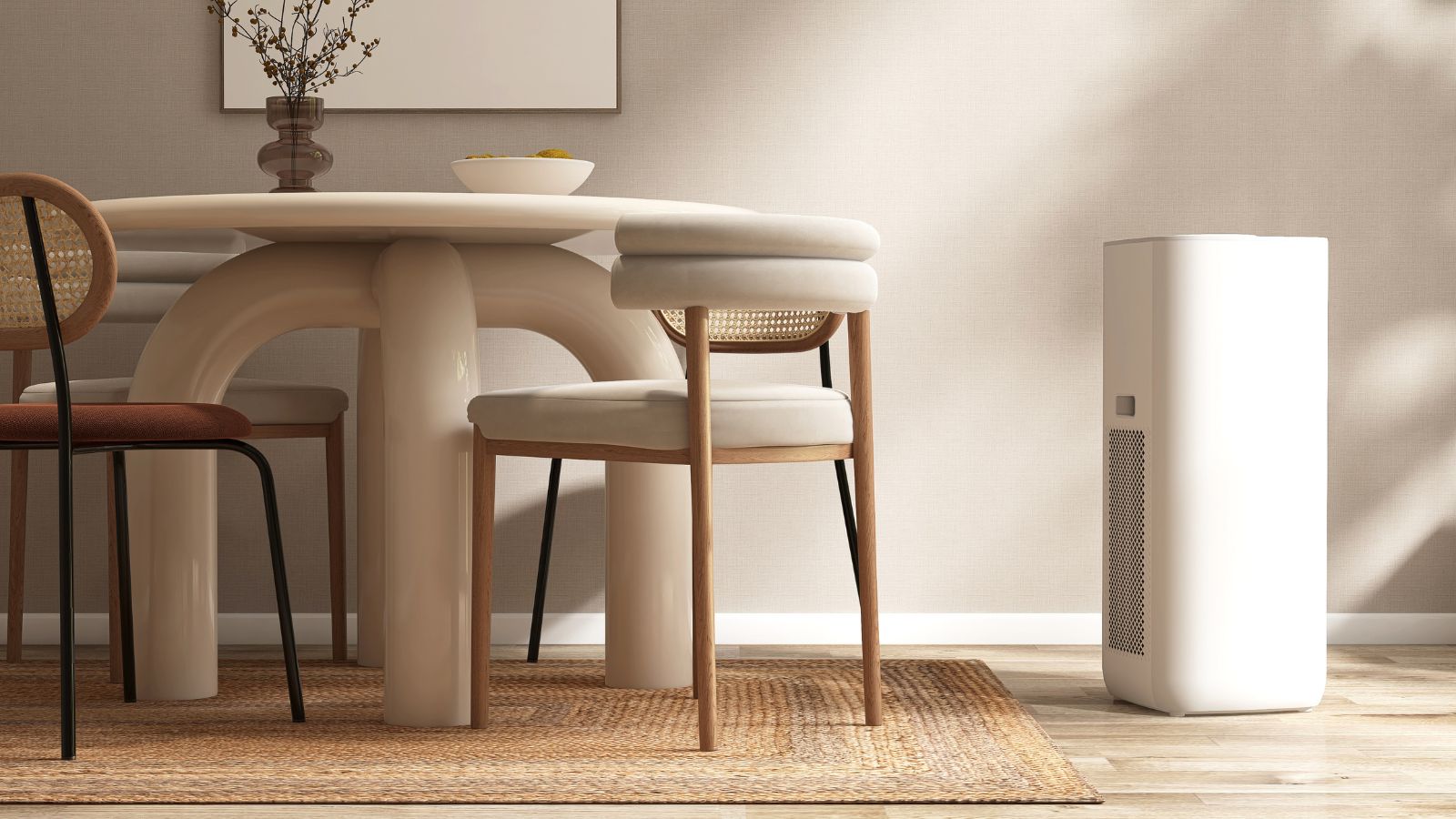
When mold spreads across a home, it can cause health issues like congestion, coughing and sneezing, as well as respiratory infections and worsening asthma and allergies. Mold grows in damp conditions so, if your home is affected from it, investing in a dehumidifier might be the quickest solution.
Understanding what a dehumidifier does will help explain why exactly they help with mold. The short answer is: they remove moisture from the air, and mold needs moisture to grow and spread.
I'm a home tech editor and spoke with HVAC and property experts to find out whether the best dehumidifiers help with mold, how so, and which ones you should consider for your home.
Do dehumidifiers help with mold?
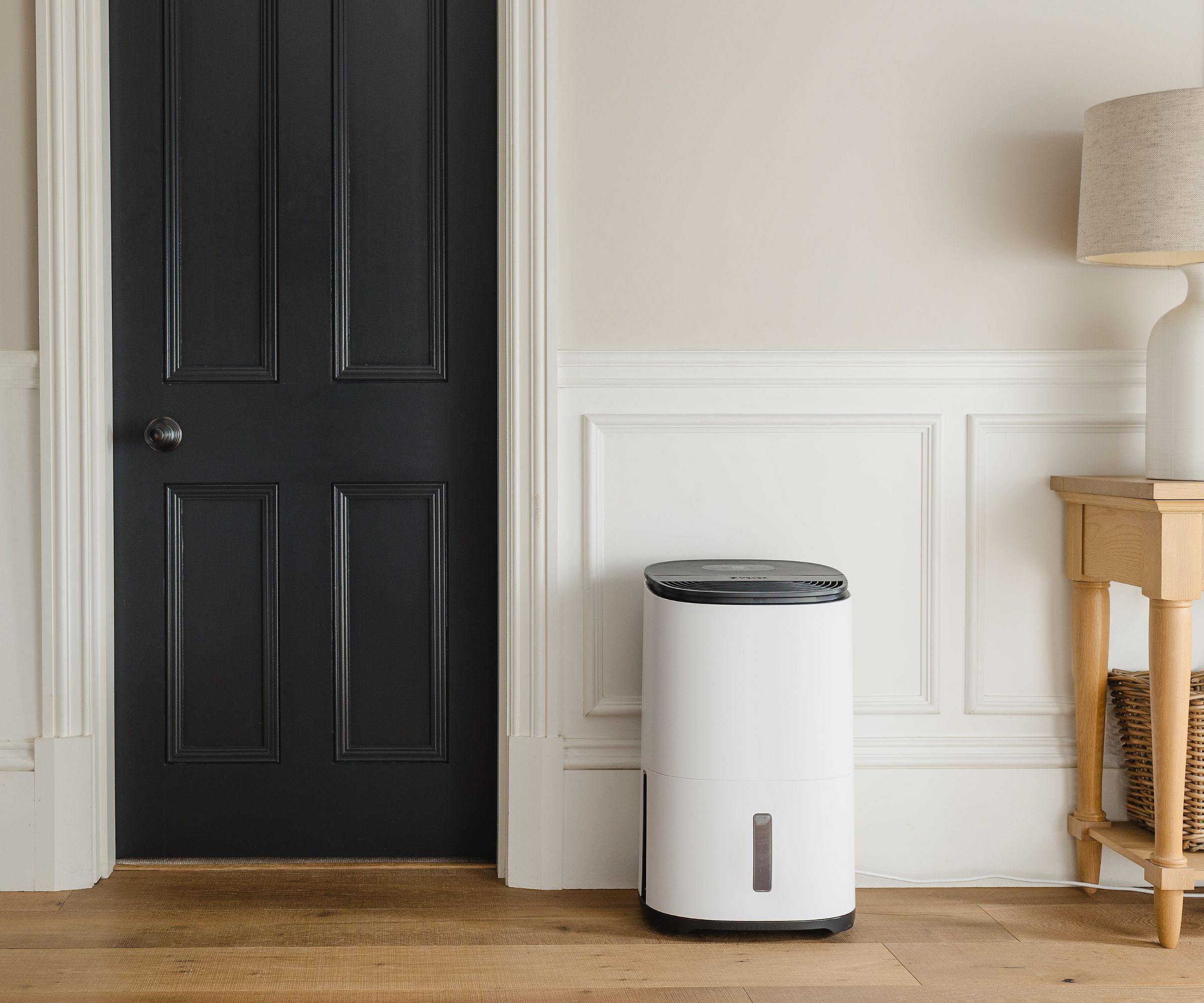
A dehumidifier is one of the most effective ways to reduce mold and mildew in your home. They remove moisture from an indoor space, therefore preventing the growth of mold.
'Dehumidifiers work by drawing excess moisture from the air through condensation, and releasing drier air back to the room, thereby lowering the indoor humidity levels,' explains Dr Gráinne Cunniffe, science lead at Allergy Standards Ltd.
'This reduction in moisture helps to prevent mold spores from landing on and growing on surfaces such as walls, ceilings, and furniture.'
Mold thrives in warm, damp and humid conditions. So, by lowering humidity and maintaining optimal levels, mold becomes less able to grow and spread across your home.
'By reducing the moisture levels in the air, dehumidifiers can create an environment that is less conducive to mold growth,' Dr Gráinne shares. 'Maintaining indoor relative humidity levels between 30-50% with a dehumidifier can effectively prevent mold from developing and spreading or returning after cleaning.'
'By maintaining optimal humidity levels, dehumidifiers also reduce the potential for moisture accumulation from activities like cooking, showering, boiling the kettle and drying clothes indoors, which are all common contributors to mold growth,' she adds, explaining why dehumidifiers are still needed in the winter.
Do I need a dehumidifier for mold?
'Mould releases harmful spores into the air, which can cause health issues, particularly for vulnerable populations and individuals with allergies or respiratory conditions,' Dr Gráinne warns.
'Mould thrives on various surfaces, including fabric, paper, wood, glass, and plastic, especially in areas with excessive moisture like leaks, condensation, or poor ventilation,' she adds, highlighting the importance of managing your home's humidity levels.
Left unchecked, your home's humidity levels can rise from simple actions like drying your laundry, cooking, and even sleeping. And as Dr Gráinne recommends (and confirmed by the EPA), the optimal indoor relative humidity (RH) should be between 30% and 50%. The best place to put a dehumidifier will depend on where you're spending your time and where the moisture mostly comes from.
Without a dehumidifier, or if yours is a more basic model, you can check your home's humidity using a humidistat. The ThermoPro TP50 from Amazon is an ideal choice: it's affordable at just $10.99 and displays humidity and temperature, with high/low ranges to compare your home's air quality data.
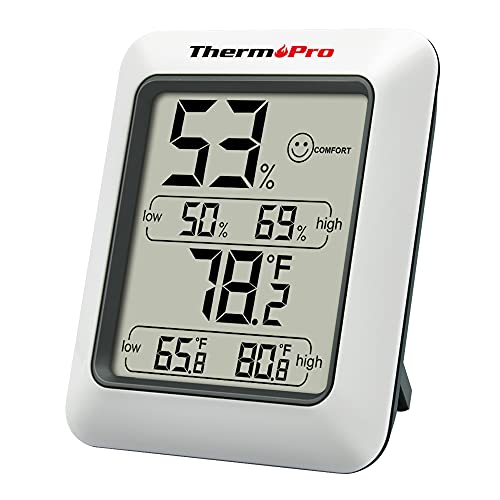
Position on a tabletop, use the magnetic back or mount it to a wall for clear, accurate info on your home's temperature and humidity levels, refreshed every 10 seconds to help maintain optimal home comfort.
As for which dehumidifier is best for mold, we asked HVAC and property experts for their personal recommendations. Luckily, it's hard to go wrong when choosing one as they all work similarly. The main differences are room coverage and water tank size.
'Dehumidifiers are fairly standardized,' confirms Martin Orefice, CEO of Rent to Own Atlanta, 'but the Honeywell 30 Pint Energy Star Smart Dehumidifier at Amazon has all of the key features to look for along with high capacity and built-in app for easy control.'
'The hOmeLabs 50-Pint Dehumidifier, also from Amazon, is another solid option,' suggests Andy Shu, appliance repair expert from Zapfixers. 'It’s compact, efficient, and does a great job of keeping moisture levels down.'
I'd personally recommend the Frigidaire Gallery 50 Pint Dehumidifier. Our expert tester found that it did a fantastic job dehumidifying, was easy to set up and has the full smart feature set with app and WiFi compatibility.
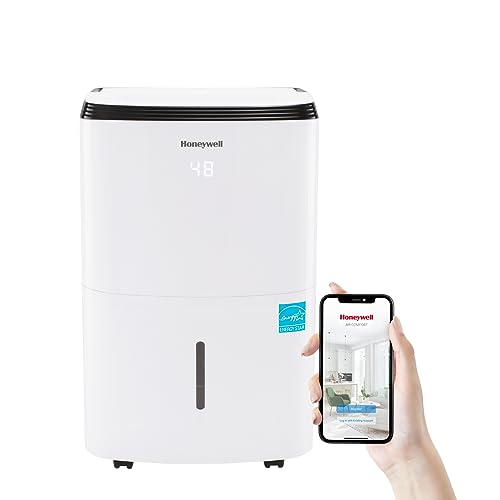
Covering up to 1,000 square feet of space, this dehumidifier has a 30-pint capacity tank that's detachable for easy emptying. It's compact and can connect to your local wi-fi for Alexa and smartphone app control.
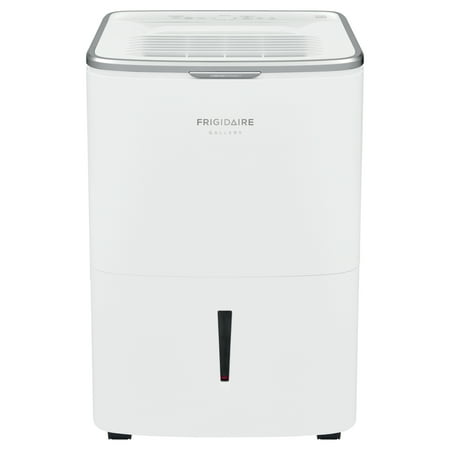
With a massive 4,500 square feet coverage, and a 50-pint capacity for water removed from the air, this dehumidifier is perfect for large homes, high humidity levels, and remote, smartphone-compatible control.
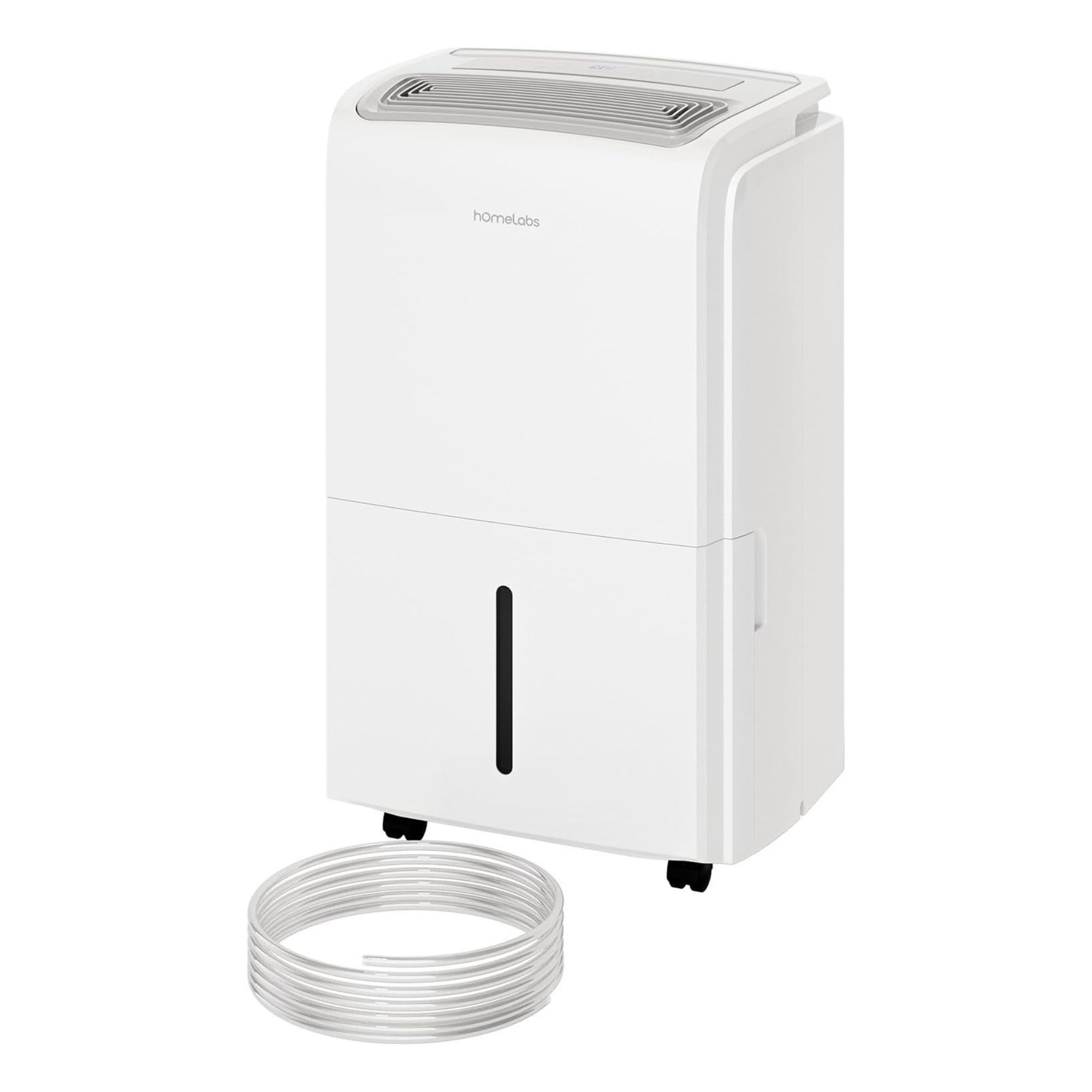
Recommended by appliance expert Andy Shu, the hOmelabs dehumidifier comes with its own 16.4 ft drain hose for hands-free emptying, whether it's into your sink or outdoors.
Make sure to avoid these dehumidifier mistakes, and learn the benefits of placing a dehumidifier and air purifier in the same room.







